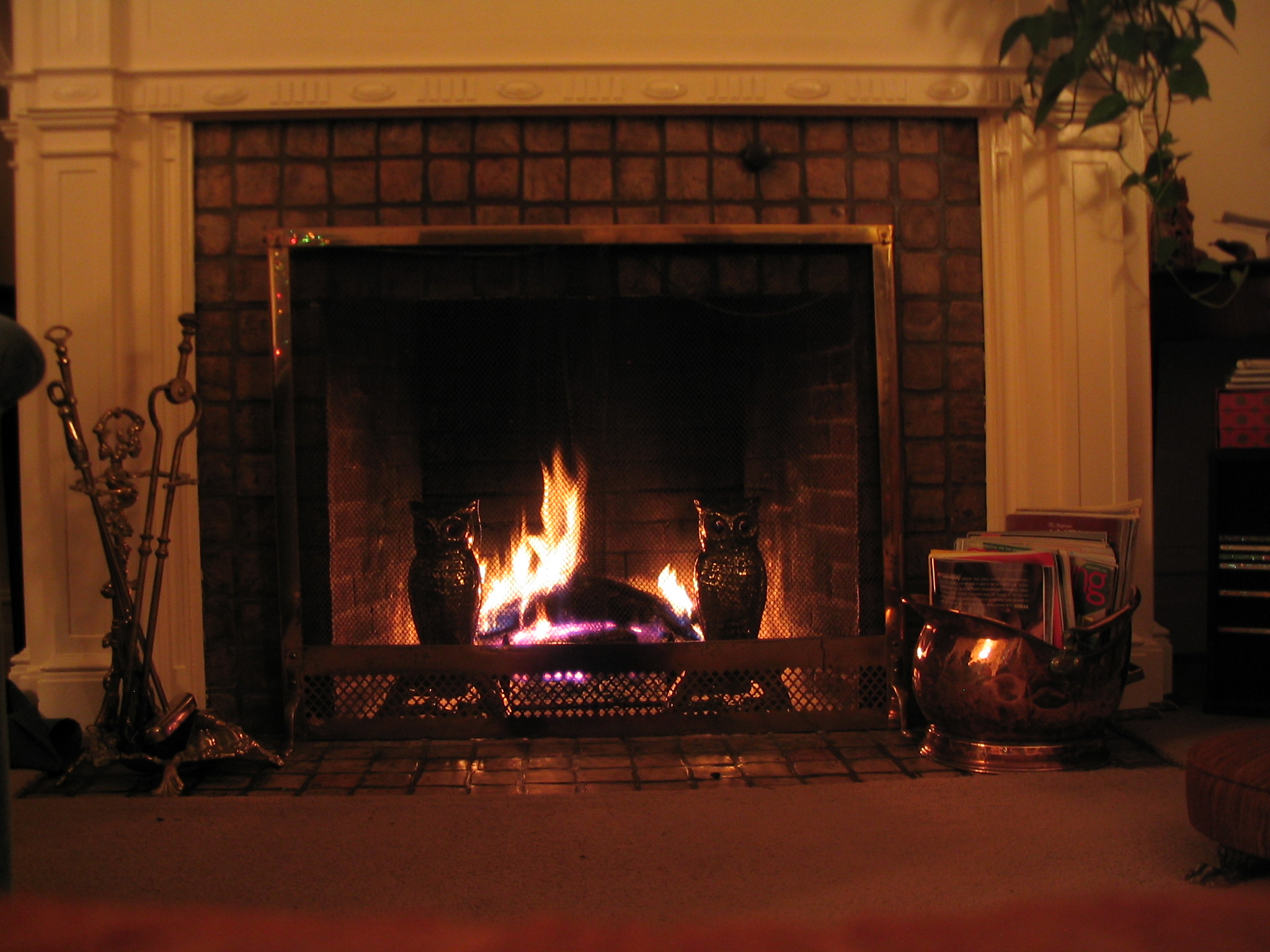
A gas-lit fireplace gives a warm, traditional look to your space and is an eco-friendly option to wood-burning fireplaces. A fireplace is generally the place where one spends quality time, alone or with a loved one. It’s that corner of the house where you would want to cherish and create memories. If you are thinking of how to install a gas fireplace, you have come to the right page. Let’s start with the gas fireplace installation process.
Gas Fireplace Installation Instructions
- First and foremost, decide the right place for installing a gas fireplace. Decide on a corner, it’s the best place as it does not interfere with the room arrangement and furniture. Make sure you have all the required permits for gas piping, flue piping, and gas installation.
- The main step of gas fireplace installation is gas piping. Hire a plumber to decide the route of the gas supply line. Make sure the pipe is a threaded black metal gas pipe that is approved in the gas fireplace manual you have purchased.
- Now, place the mantle to mark and cut the baseboard. Place the firebox on its legs temporarily, to mark the vent holes. Make holes with the help of a good drill machine. Decide on the appropriate size of the flue pipe to avoid digging unnecessary holes in the wall.
- Decide on the route for getting the vent(outlet) out of the building from the fireplace. You can allow it to come right out of the wall. If that’s not possible, bring it out through the roof.
- Though the vent is double-layered, so that it remains cool on the outside, it should be kept away from wood and other combustible materials. Install two vents, one for letting out the smoke and one for getting in the fresh air.
- After this, fit the fire stop. Attach the vent pipes to the wall. Seal the vent pipe with a metal hood. Read the instruction manual carefully for venting; if confused, call the vendor.
- Venting or flue piping is the most difficult, but an important part of gas fireplace installation. Prefer copper piping as it is durable, flexible and easy to install.
- Now, fix the fireplace in the location but make sure the external vent cap passes through the hole into the outdoors.
- Take the help of a licensed plumber to settle the gas connections to the fireplace. After finalizing the gas connections, the next important thing is to set up the ‘on’ and ‘off’ switch, power plug, and thermoregulator.
- Take the help of an electrician for proper wiring. A thermoregulator will be used to adjust the flame of the fire.
- The next step is to install the fireplace mantle which includes setting up the surround (flat frames of the firebox), columns or legs and shelf.
- You can design your own mantle or many stylish, ready-to-use mantles that are available in the market. These can be easily installed on our own, as they come with an easy to follow instruction manual.
- Hold the mantle on the wall, mark the height with a pencil. Now drill the holes for nails or angle brackets that are provided in the mantle kit.
- To make sure that the mantle is placed in a straight line, take someone’s help to hold the mantle while marking.
- After installing the mantle, your gas fireplace installation is done. Now proudly marvel at the fireplace you just installed.
- Prefer direct vent gas fireplace as it is easy to install and provides more heat. Read more on the direct vent gas fireplace.
Gas Fireplace Installation Cost
The price for installing a gas-lit fireplace can vary. Gas fireplace inserts may cost anywhere between $1,200 to $38,00, with the gas fireplace installation cost varying anywhere between $1,200 – $1,600. If you are living in an area where the availability of natural gas and electricity is a problem, then gas fireplace installation costs will shoot up as you will have to shell out more for the labor charges. Custom-made gas fireplace installation can cost over $4,000.


